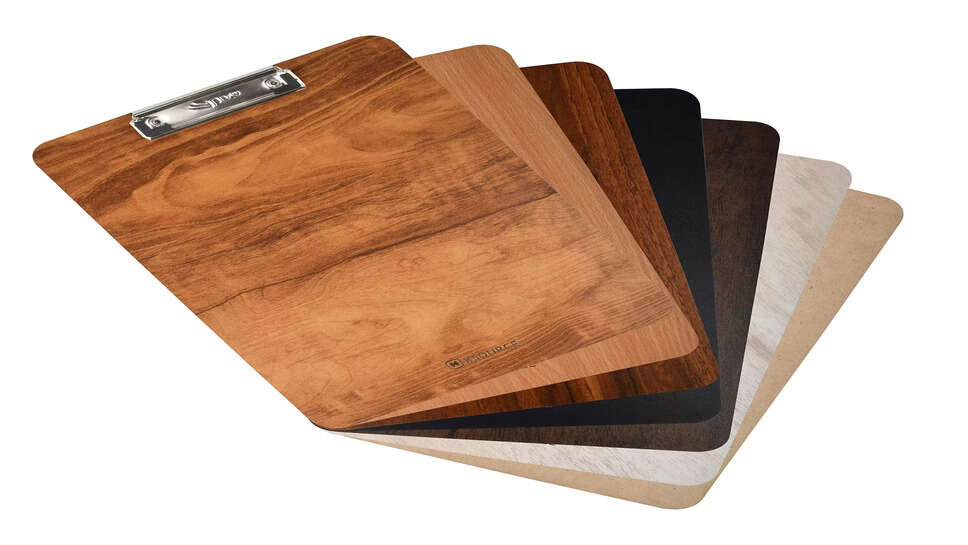Is Wood Paper Good for Studying? A Deep Dive into Its Benefits and Impact

In an era dominated by digital screens and fast-paced technology, the humble paper still holds immense importance—especially in the world of education. But not all paper is created equal. A relatively newer and increasingly talked-about alternative is wood paper, also referred to as stone paper or eco-paper in some variants. This material, made from wood or stone-derived components, is different from traditional pulp-based paper. But the key question for students, parents, and educators is: Is wood paper good for studying?
Let’s explore the uses, advantages, and possible drawbacks of wood paper in the context of learning and academic success.
What Is Wood Paper?
Traditional paper is made from wood pulp—processed from trees through mechanical or chemical means. Wood paper, however, often refers to papers made directly from wood fibers without harsh chemical bleaching or in some cases, even made from stone derivatives (calcium carbonate), which is why it's also called stone paper or mineral paper.
These alternative papers are typically smoother, more water-resistant, tear-resistant, and environmentally conscious, depending on the manufacturing process. When people talk about “wood paper” for studying, they may refer to both natural-fiber based and synthetic versions derived from wood or stone.
Advantages of Wood Paper for Studying
1. Durability
One of the most significant benefits of wood paper is durability. Whether you're a school student or a college scholar, your notes often go through rough handling—being shoved into backpacks, spilled on, or folded many times.
Wood paper is often water-resistant and tear-resistant, meaning it can survive accidents that would ruin regular notebooks. For field study students, lab users, or outdoor learners, this feature is a game changer.
2. Smooth Writing Surface
Wood paper typically offers a very smooth, silky writing surface. Pens and pencils glide easily over it, making the writing experience more comfortable. This can reduce hand fatigue during long study sessions or exam preparation marathons.
In fact, many users report that writing on wood paper feels more premium and less scratchy than regular paper. For note-takers and journal writers, this smoothness enhances focus and enjoyment.
3. Eco-Friendly Manufacturing
While traditional paper contributes to deforestation and consumes large volumes of water and energy, some forms of wood or stone paper are more environmentally sustainable. Manufacturers often claim lower carbon footprints, minimal water usage, and zero harmful chemical byproducts.
Students who are environmentally conscious may find comfort in knowing that their choice of notebook or writing material supports sustainability.
4. Long-Term Note Preservation
Because of its resistance to water, mold, and tearing, wood paper is better suited for archiving. Study notes that need to be preserved for long durations—such as preparation for competitive exams, research notes, or project journals—remain intact and legible for years.
For students who like keeping their notebooks neat and usable long-term, wood paper has a clear edge.
5. No Ink Bleed or Feathering
Another strong advantage is the minimal ink bleed-through, especially when using pens or markers. This allows students to use both sides of the paper efficiently, saving space and ensuring maximum usage of their notebooks.
Psychological and Cognitive Impact
You might wonder—does the type of paper really affect learning? Surprisingly, yes. The quality, texture, and feel of paper can impact a student’s mental engagement and memory retention.
Studies have shown that writing by hand on physical paper (as opposed to typing) improves retention, comprehension, and learning. When the paper feels pleasant and premium, like wood paper often does, students are more motivated to write, review, and interact with their material.
The sensation of smooth writing, combined with a neat appearance, may psychologically encourage longer and more focused study sessions.
Drawbacks and Limitations
Despite its many benefits, wood paper has some limitations that students should consider:
1. Cost
Wood paper notebooks are usually more expensive than regular paper. For students on a tight budget, this can be a dealbreaker, especially if they go through multiple notebooks every semester.
2. Limited Availability
Not all stationery shops stock wood or stone paper. Availability might be restricted to specialty stores or online platforms. This could make it inconvenient for students who need supplies on short notice.
3. Writing Instrument Compatibility
While most pens and pencils work well, some gel pens or fountain pens might not absorb ink well on wood paper. Since the paper is smoother and less porous, drying times may be longer, increasing the chance of smudging.
4. Non-Traditional Feel
Some users find wood paper “too smooth” or “plastic-like,” which may not feel natural for traditional note-taking. If you're used to the rougher texture of normal paper, the switch might take time to get used to.
Best Use Cases for Students
Wood paper can be a great supplement in the following areas:
-
Fieldwork or outdoor research: Rain-resistant pages protect your notes.
-
Lab notebooks: Durable material survives chemical spills and constant flipping.
-
Revision notes: Long-lasting notes help for long-term memory recall.
-
Art and design: The smooth surface is great for sketching and layout work.
-
Presentation or submission documents: Premium look and feel give an added edge.
For regular classroom use, it may be costlier than necessary, but for focused or high-value projects, it offers tremendous advantages.
Comparing with Digital Alternatives
In the digital age, students often question whether physical paper is even needed. Tablets, note-taking apps, and cloud storage are becoming common. However, handwriting still trumps typing for many when it comes to learning depth.
Wood paper adds value to traditional learning methods by enhancing durability and engagement, offering the best of both worlds. It’s not meant to replace digital tools but to enhance physical studying for those who prefer the tactile experience.
Is Wood Paper Good for Studying?
The answer is a yes—with context. If you're looking for long-lasting, premium-feeling paper that’s resistant to damage and better for the environment, wood paper is an excellent option for study purposes. However, it may not be the most economical or accessible solution for everyday classroom use.
For students who value quality, eco-conscious choices, and a premium writing experience, wood paper delivers. Whether for preserving handwritten notes, preparing for exams, or working on special projects, it offers clear functional and psychological benefits that support effective studying.
